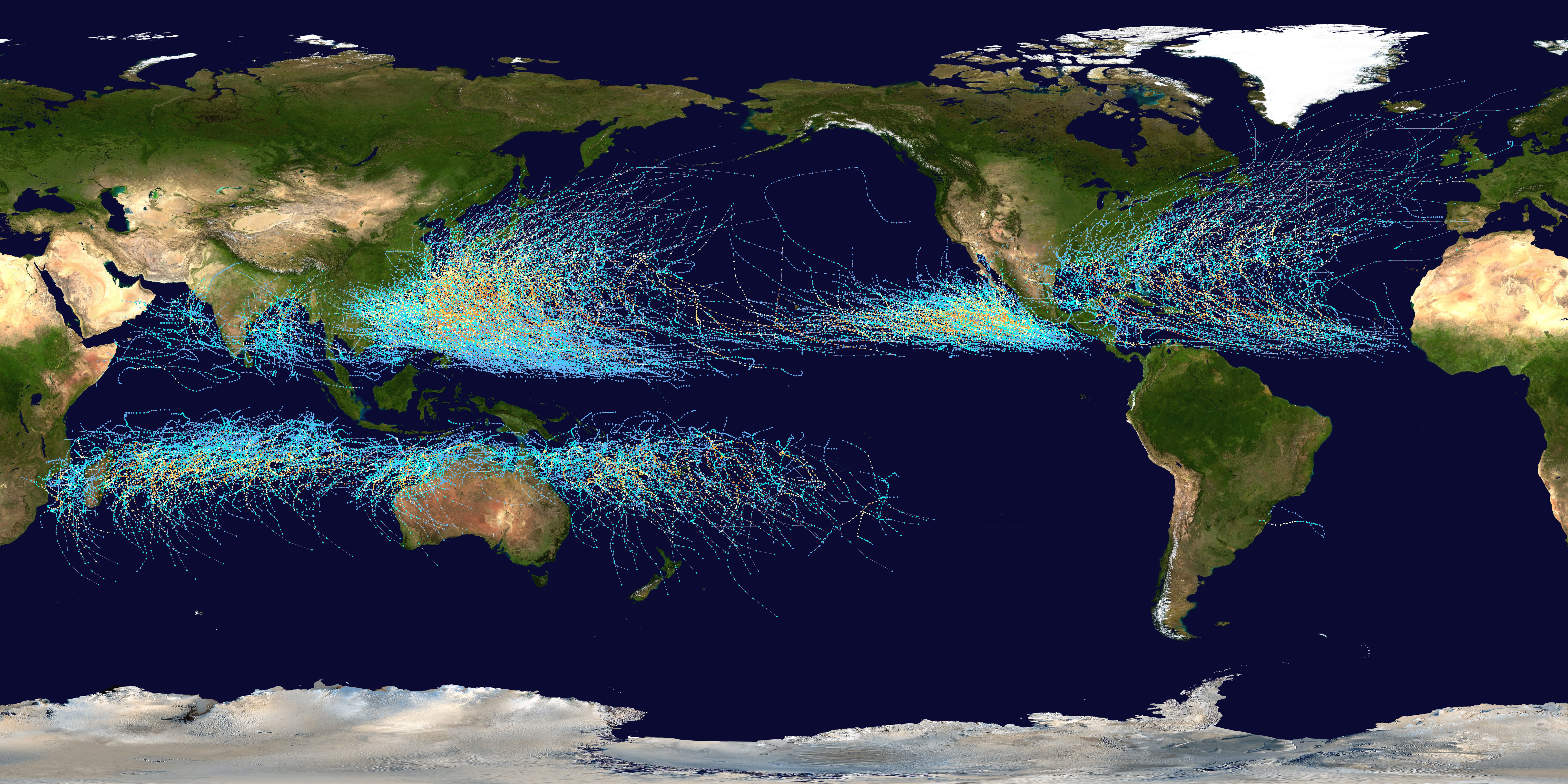Learn how to operate a plane
- Understanding Aerodynamics
- Basic Instrument Understanding
- Operating Protocols
- Takeoff Procedures
- Cruising & Instrument Navigation
- Effect of Weather on Flight
- Air Traffic Control Communication
- Emergency Situations
- Night and High-Altitude Operations
- Revisiting Essential Concepts
Effect of Weather on Flight
Meteorology for Pilots

Branch of science dealing with the short-term variations of atmospheric conditions including wind, precipitation, temperature, humidity, cloud cover, and air pressure.
Understanding meteorology is crucial for pilots. Weather conditions can significantly impact flight operations, from visibility to the aircraft's performance. This unit will delve into the basics of meteorology, how to interpret weather charts and reports, and how to use weather forecasts for flight planning.
Basics of Meteorology
Meteorology is the scientific study of the atmosphere and its phenomena, particularly as they relate to weather and weather forecasting. For pilots, a basic understanding of meteorology is essential. It helps them understand weather patterns, predict changes, and make informed decisions about flight plans.
Weather Charts and Reports
Weather charts and reports provide crucial information about current and forecasted weather conditions. They include METARs and TAFs, among others.
-
METARs: METAR is an international standard for reporting current weather observations. It includes information about temperature, dew point, wind speed and direction, precipitation, cloud cover, visibility, and barometric pressure.
-
TAFs: Terminal Aerodrome Forecasts (TAFs) provide detailed meteorological forecasts for a radius of 5 miles around a specific airport. They are issued four times a day and cover a 24-hour period, extendable to 30 hours for certain locations.
Learning to read and interpret these reports is a vital skill for pilots. It allows them to understand the current weather conditions at their departure airport, destination airport, and along their flight route.
Weather Forecasting
Weather forecasting involves predicting atmospheric conditions at a specific location over a period. For pilots, understanding weather forecasts is crucial for flight planning. It allows them to anticipate potential weather-related issues, such as turbulence, icing conditions, or reduced visibility, and plan their flight accordingly.
Weather and Flight Planning
Incorporating weather information into flight planning is a critical step in ensuring safe and efficient flights. Pilots need to consider the current and forecasted weather conditions at their departure and arrival airports, as well as along their flight route. They also need to consider alternate airports in case of unexpected weather changes.
By understanding the weather, pilots can choose the most suitable altitude and route for their flight, decide on the need for extra fuel due to potential headwinds, and determine whether the flight is feasible or should be delayed due to severe weather conditions.
In conclusion, meteorology plays a significant role in aviation. A solid understanding of meteorology, coupled with the ability to interpret weather charts and forecasts, is essential for safe and efficient flight operations.